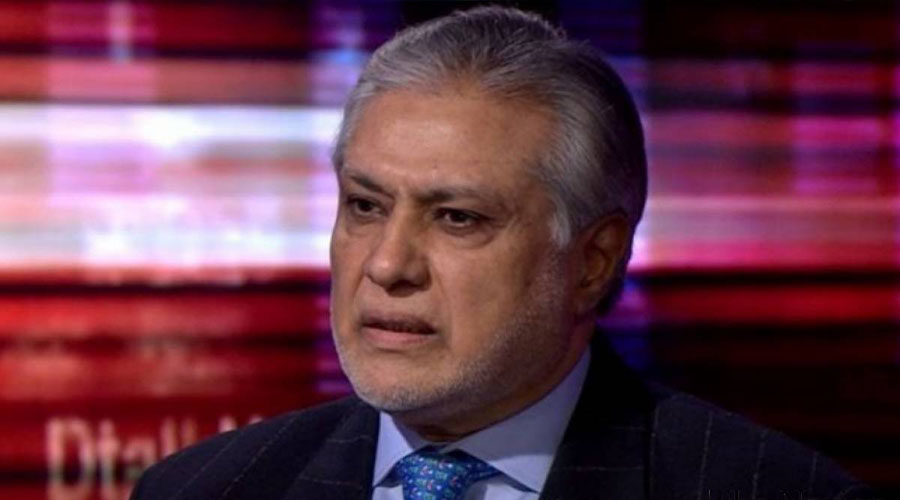Finance Minister of Pakistan, Ishaq Dar, recently made a statement predicting that the value of the dollar would settle at its ‘real value’ of Rs. 250. This remark has sparked debates and discussions within the economic and financial circles of the country. In this article, we will examine Dar’s perspective, the factors influencing currency values, and the potential implications of his prediction on Pakistan’s economy.
Understanding Ishaq Dar’s Statement
Ishaq Dar’s statement suggests that the current value of the dollar in relation to the Pakistani rupee does not accurately reflect its ‘real value.’ He believes that the exchange rate of Rs. 250 per dollar would be a fair and realistic assessment based on economic fundamentals. Dar argues that the current depreciation of the rupee against the dollar is artificial and not in line with the country’s economic performance.
Factors Influencing Currency Values
Currency exchange rates are determined by a complex interplay of various factors, including economic indicators, market sentiment, geopolitical events, and government policies. Some key factors that influence currency values include:
- Trade Balance: A country’s trade balance, or the difference between its exports and imports, can impact the demand and supply of its currency in the foreign exchange market.
- Interest Rates: Divergence in interest rates between countries can attract or repel foreign investors, affecting the demand for their respective currencies.
- Inflation Rates: Higher inflation rates can erode the purchasing power of a currency, leading to its devaluation.
- Political Stability: Political stability and confidence in a country’s governance can influence investors’ perception of risk and affect currency values.
- Market Speculation: Speculative activities in the foreign exchange market can create volatility and influence short-term fluctuations in currency values.
Implications of Dar’s Prediction
If the dollar were to settle at Rs. 250, as predicted by Ishaq Dar, it would have several implications for Pakistan’s economy:
- Imports and Inflation: A weaker rupee would make imports more expensive, potentially leading to higher inflationary pressures. This could affect the purchasing power of consumers and increase the cost of living.
- Debt Burden: Pakistan has significant external debt denominated in foreign currencies, including the dollar. A weaker rupee would increase the debt burden, as more rupees would be required to repay the same amount of foreign currency debt.
- Export Competitiveness: A weaker rupee could enhance the competitiveness of Pakistani exports in international markets, as they would become relatively cheaper. This could potentially boost export revenues and contribute to economic growth.
- Remittances: Pakistan is highly dependent on remittances from overseas Pakistanis. A weaker rupee could lead to higher remittance inflows, as individuals sending money from foreign countries would receive more rupees for the same amount of foreign currency.
- Capital Flight: Uncertainty about the future value of the currency could lead to capital flight, with investors and individuals seeking to protect their wealth by moving funds out of the country. This could negatively impact foreign exchange reserves and overall economic stability.
Read More: Pakistan’s Prime Minister Promotes Sustainable Development Objectives in Meeting with IDB President at Paris Summit
Challenges and Considerations
While Ishaq Dar’s prediction has sparked interest, it is important to approach it with caution and consider other perspectives. Currency values are influenced by numerous complex and interconnected factors, making it challenging to predict their future trajectory accurately. Moreover, the exchange rate is also influenced by market dynamics and sentiment, which can be volatile and unpredictable.
Government policies and measures to stabilize the currency, attract foreign investment, promote exports, and manage inflation are crucial in determining the exchange rate’s ‘real value.’ The effectiveness of economic reforms and structural adjustments, along with the management of external factors, will play a significant role in shaping Pakistan’s economic outlook.
Ishaq Dar’s statement predicting that the dollar will settle at its ‘real value’ of Rs. 250 has started discussions about the current exchange rate dynamics in Pakistan. While the prediction raises important considerations about currency valuation, it is important to recognize the complexity of factors that influence exchange rates. The future of Pakistan’s economy depends on prudent economic policies, structural reforms, and effective management of external factors to ensure stability, sustainable growth, and a favorable business environment.





















